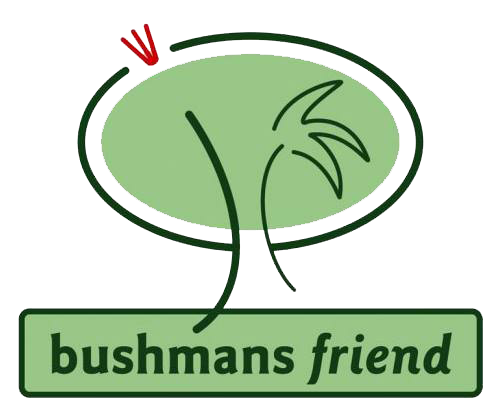| Coprosma Family: Rubiaceae There are 53 species of Coprosma inNew Zealand and as many again in the Pacific, Malaysia and Australia. About 40 of the New Zealand species are small leaved or divaricating shrubs, often difficult to identify precisely. For help with identifying Coprosma try this excellent key from Landcare research Coprosma can be found in a variety of environments from the mountains to the coast. There’s a place for them in all ornamental gardens with their features of strong verdant green in the larger leaved species, and the quirky textures of the divaricating small leaved species. The female plants produce an abundance of berries that feed wax-eyes and lizards. They create good habitats for all small birds and are ideally suited for revegetation projects and school grounds. They are low maintenance, quick growing, hardy. They will benefit from a prune in winter. Although flowering is usually in the spring months and fruit ripening in autumn, there is considerable diversity in the range for any species. Out of season flowering may occur. The fruits are a succulent globose drupe ,usually crowned with a small remnant of the flowers calyx. The berries of any species can vary greatly in size and colour according to its situation and moisture. Most species are quite simple to raise from seed if the seed is removed from the berry and soaked for 24 hours before sowing. It is suspected that some species may have a germination inhibitor within the berry. There are two seeds per berry.
There is a 6-8 months time lag between sowing and germination for most species.
Another flush of germination may appear a year later. Coprosma Slide Show For help with identifying Coprosma try this excellent key from Landcare research
How do you tell if a small leaved plant is a Coprosma?
Coprosma exhibit the following
 Stipules. A scale-like appendage at the base of each leaf node and opposite leaves or branches Stipules. A scale-like appendage at the base of each leaf node and opposite leaves or branches
Dioecious.Male and female flowers are found on separate plants Click on the thumbnail to view a larger image | 
|
| | Coprosma lucida or shining karamu has the most lustrous (lucid) sheen of all Coprosma.. The male leaves are broader than the female leaves. Ripe berries range from yellow to orange. | Coprosma arboreus The tree Coprosma is the tallest Coprosma. Berries are translucent-white when ripe. The leaves are spoon shaped. The juvenile leaves are a lot smaller than the adults and may have a red or brown tint on the lower surface. | Coprosma grandifolia has the largest leaves of any Coprosma and is found in sheltered shady spots, often around creeks. It is recognisable by the mottled pattern on the leaf's top surface. | | 
|
| | Coprosma propinqua is common in swamps and damp spots through out NZ. It may have berries ranging from blue to white; often with flecks. The leaf is sometimes asymmetrical, being straight on one side and curved on the other. | Coprosma waima has a distribution limited to southern Hokianga. It differs from C.robusta in not possessing a petiole at the base of the leaf. | Coprosma rhamnoides has an intensively divaricating habit and is found throughout New Zealand in scrub and forest. Berries range from claret red to almost black. | | |
| | Coprosma spathulata with its winged petiole and spoon or spatula-like leaf often with brown blotches. | The spreading or prostrate Coprosma acerosa is ideally suited to coastal sand dunes. | Coprosma grandifolia Coprosma berries possess a scar on the end of the berry which is a remnant of the flower calyx. | | 
|
| | Coprosma rigida common in swamps. | The shiny ovate leaves of Coprosma repens are an ideal protective coating for the salt winds and high sunshine hours of the coast. | Coprosma rotundifolia has an obvious dimple on the leaf's topside; caused by the domatia below. | | 
|
| | Coprosma robusta karamu is widespread due to the large number of berries and seeds the plant produces and its tough leathery leaves making it ideal in a range of environments. | Coprosma lucida male flower produces wind and insect dispersed pollen from its many anthers. There can be a surplus of females in a population of Coprosma as one male can successfully pollinate and fertilise many females. The flowers of Coprosma are small and inconspicuous, often with white or translucent petals. | Coprosma lucida female flower. 2 stigma, 2 ovaries, 2 seeds per berry. | For more information on New Zealand native plants, I recommend any of these books from Fishpond 

| 